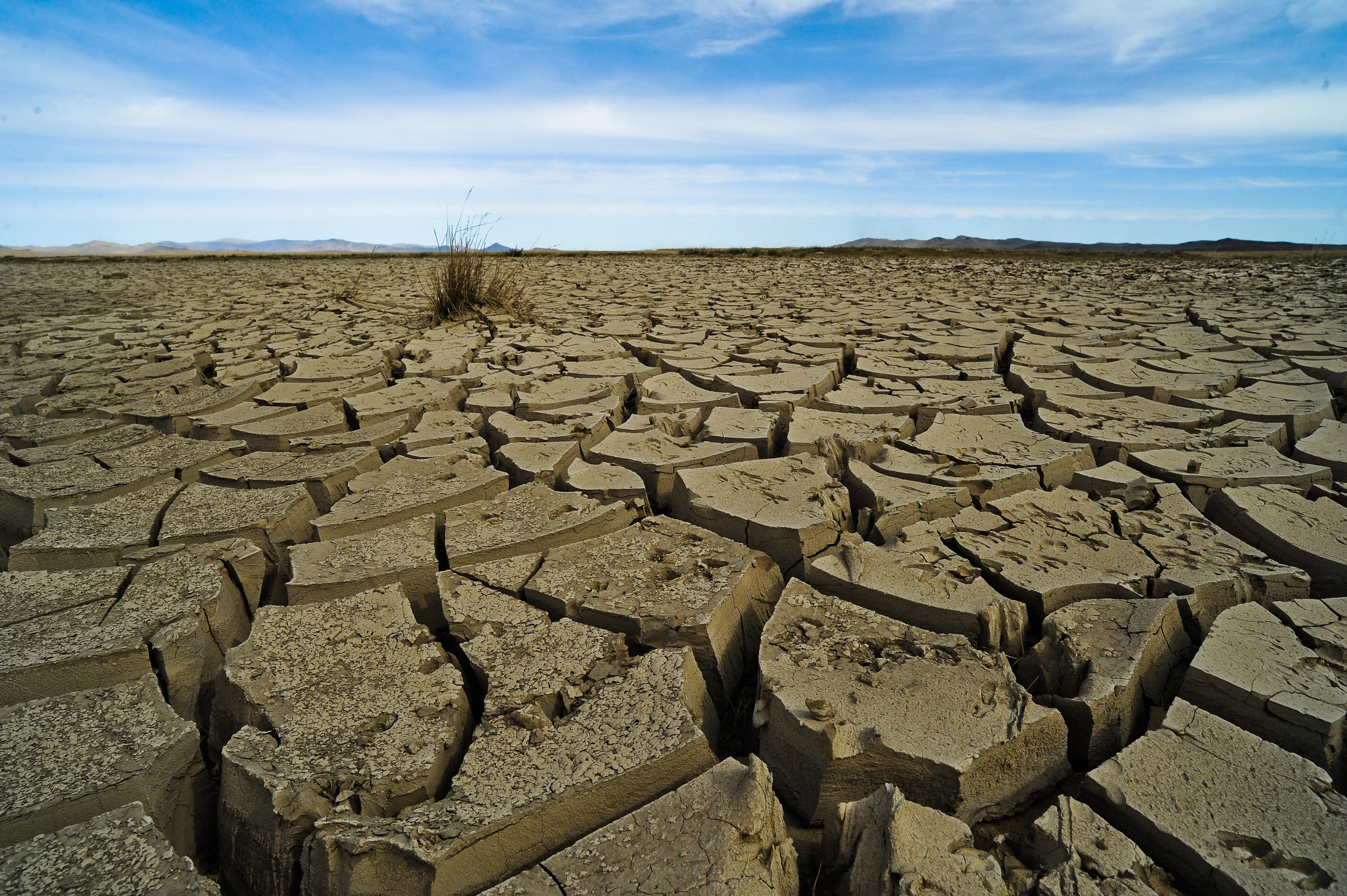Climate Change, Refugees, and Other Displaced Persons
By Matthew Lister
 “General Photos: Mongolia” by Asian Development Bank. Used under: https://creativecommons.org/licenses/by-nc-nd/2.0/.
“General Photos: Mongolia” by Asian Development Bank. Used under: https://creativecommons.org/licenses/by-nc-nd/2.0/.
- The Situation: Increased Urgency and Despair about Addressing Climate Change
Although the urgent need to take significant action to slow, and ideally stop, climate change is clear to all serious observers, there is currently little reason for optimism about achieving these goals. The U.S. has pulled out of the Paris Agreement, and seems determined to make climate policy worse, reducing emission standards for cars, supporting coal, and so on. China, perhaps motivated by a need to keep domestic growth high for local political reasons, is increasing, rather than decreasing, its coal consumption. The Liberal government in Australia, in turn, seems determined to mine and sell every bit of coal in Australia before taking any significant steps towards addressing climate change. If these developments are not reversed quickly, millions of people will face danger resulting directly or indirectly from climate change. Some significant percentage of these people will be forced to leave their homes – sometimes in abrupt flows, and sometimes in a slow but steady flow. Understanding how this displacement is similar to or different from other forms of non-voluntary migration can help us, both in terms of crafting politically feasible strategies for reducing resultant harm and in terms of deciding what responses are most likely to be effective.


